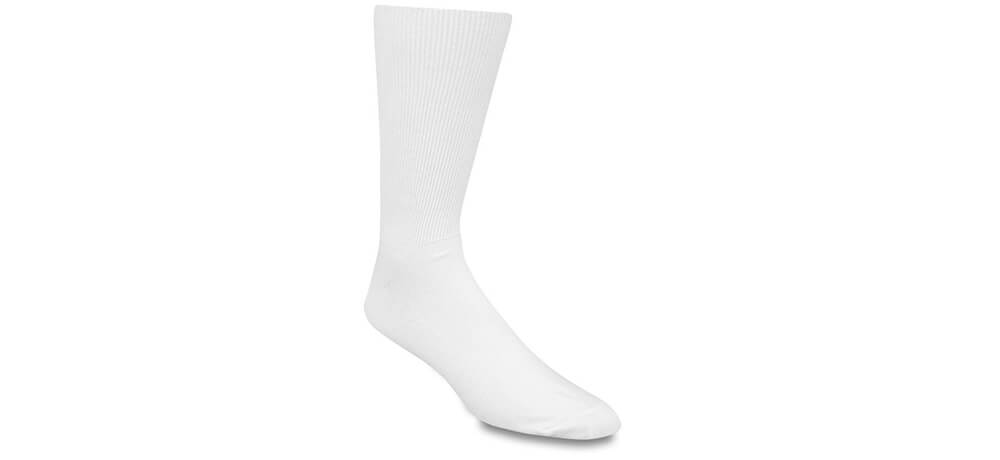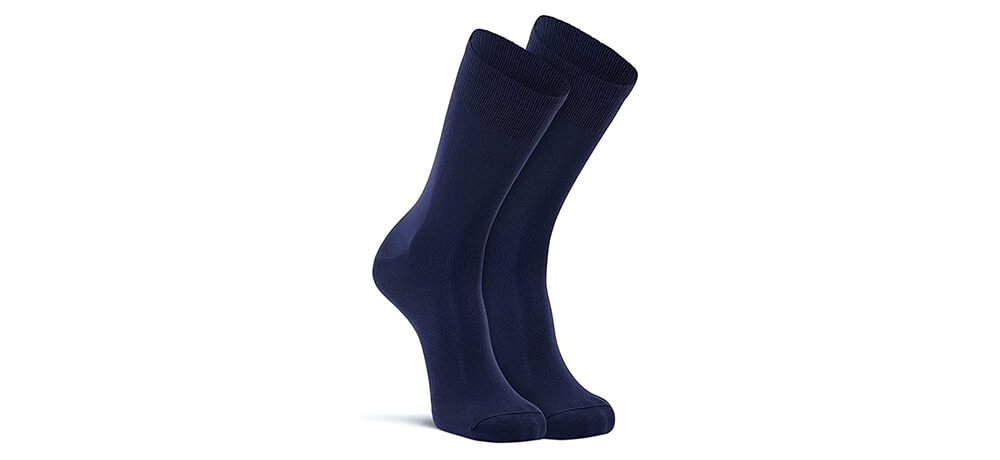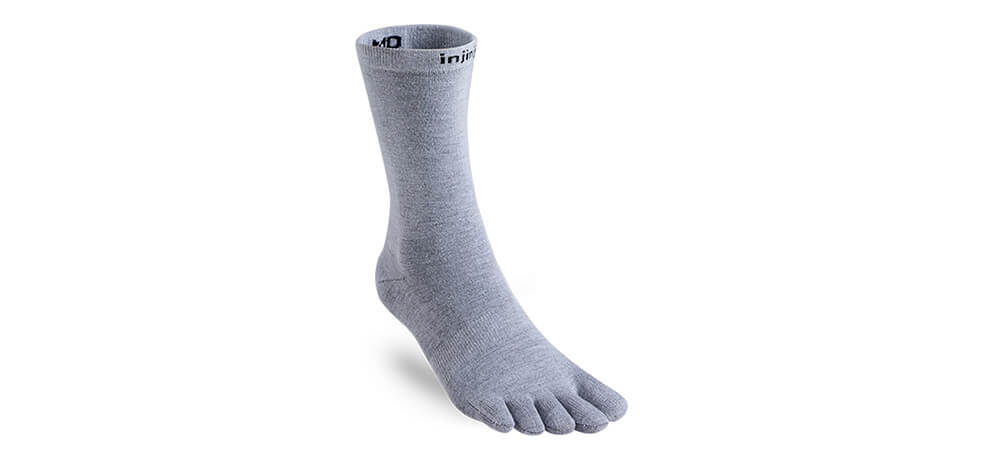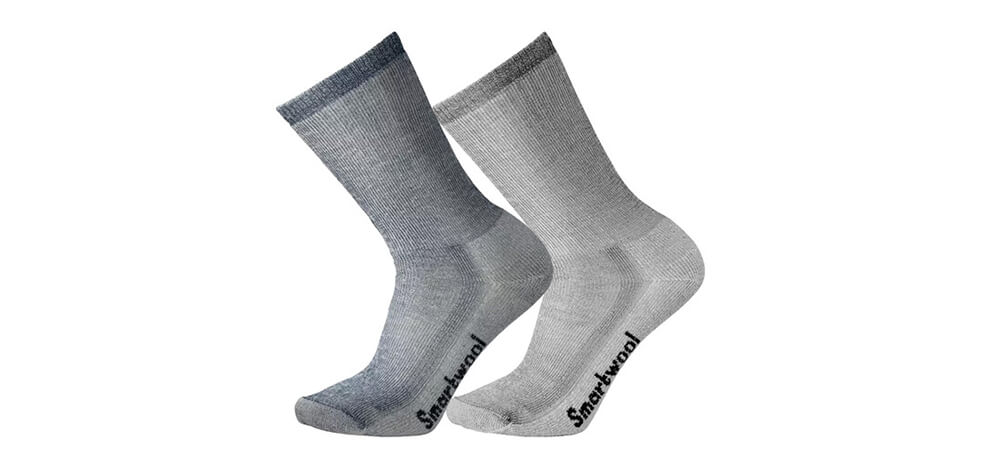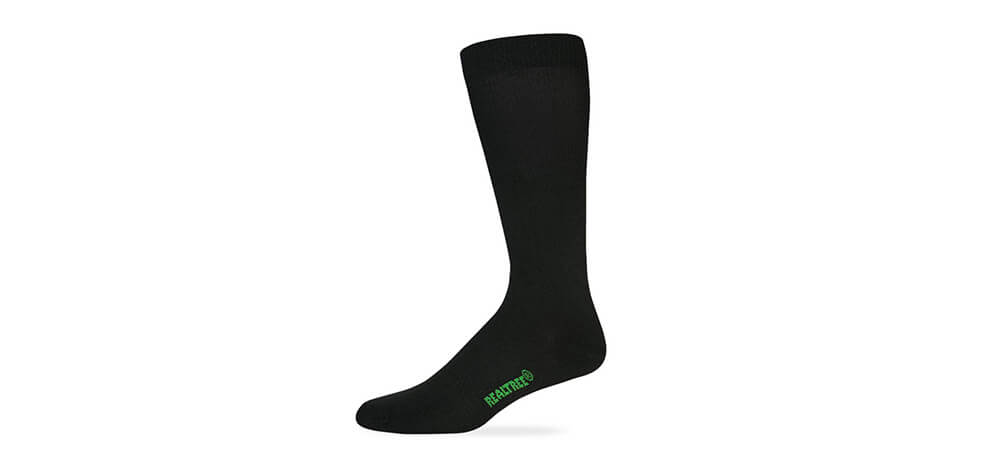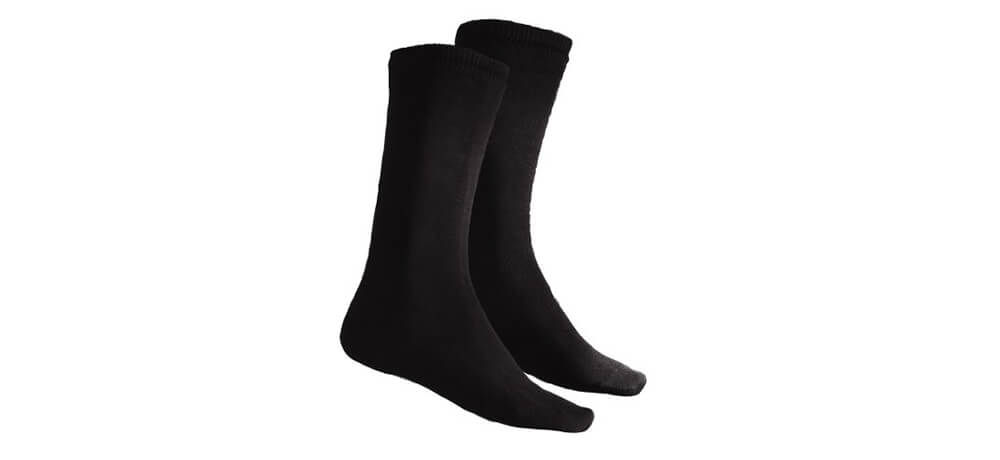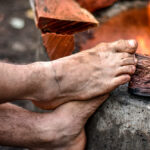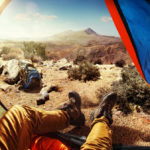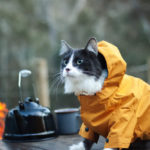When you are planning a hiking trip, I’m sure you aren’t thinking about what socks you are going to wear. Why do your socks matter? Can’t you wear your favorite pair of athletic socks and call it a day?
We Review The 6 Of The Best Hiking Sock Liners Of 2024
While those socks are broken in and probably really comfortable, do they have the ability to protect your feet from wet socks caused by moisture? Did you know that your feet are going to be more likely to blister if your socks are damp?
Blisters are excruciating, especially when you are hiking. What if there was a way to avoid blisters altogether? Lucky for you, that’s where sock liners come in.
What Are Sock Liners?
Sock liners are designed to be worn under another pair of socks (the outer layer sock) as a back-up to prevent blisters. They are a base layer that keeps your feet dry with wicking moisture technology.
Sock liners act as a barrier for friction, ultimately reducing the possibility of a blister occurring. Also, these hiking socks are breathable and comfortable.
Typically, these liners are made from materials such as a thin polyester, light wool, and others. These synthetic materials work very well when it comes to comfort in any weather.
Besides separate sock liners, you can also get a liner explicitly made for the trail runners, boots or shoes you wear hiking. It can be attached to your shoe entirely, or you can have it be removable so you can wash it. They are great for adding extra comfort, and keeping your feet hot or cool.
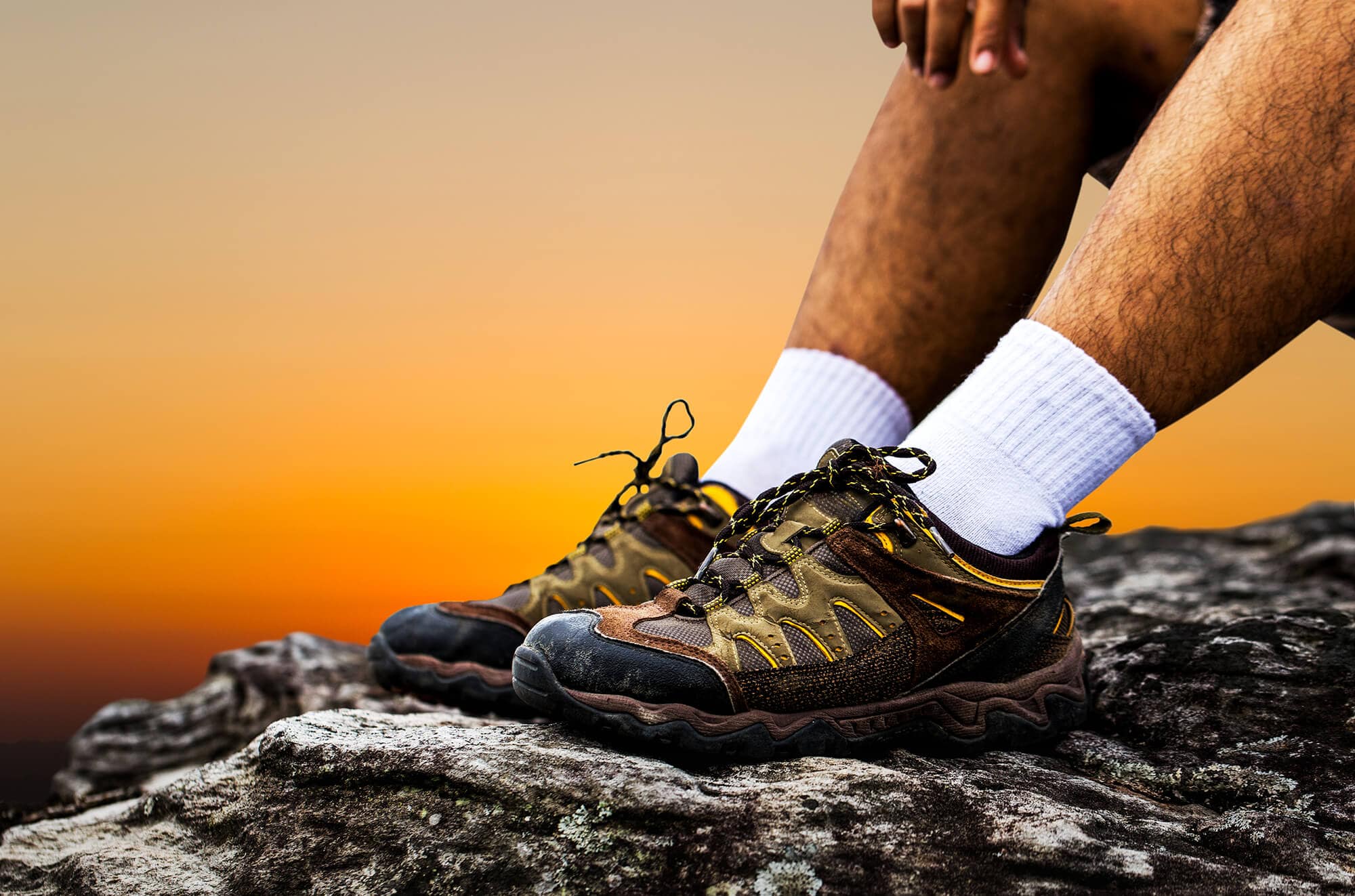
Can Sock Liners Help Prevent Blisters?
Yes, they can significantly reduce your chances of getting a blister from your hiking boots. Because these socks are designed to help wick sweat away from your feet, they will stay dry all day long. They also act as a barrier layer, meaning you will experience less friction between your feet and your boots.
They are also useful because they work as a second layer. Instead of just one layer, two layers can further prevent any friction you may experience from your boots. Instead of rubbing against your foot, like with one layer, two layers rub against each other.
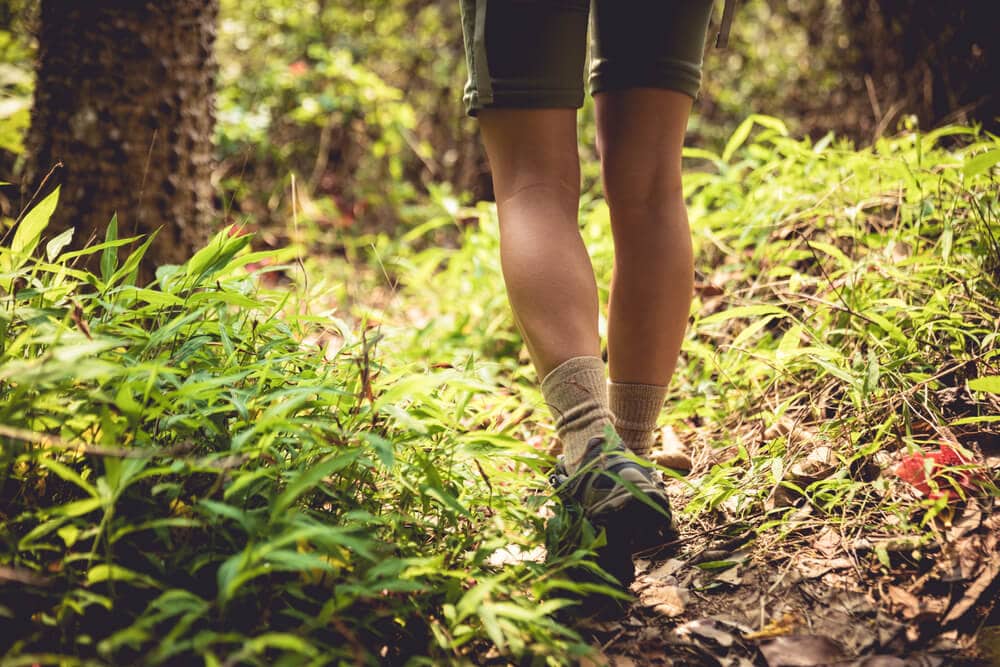
TLDR; Our Favorite Sock Liner
If you don’t have time to read the entire article, but you are dying to know what the best sock liner is, you can find it right here. Our favorite pair of liner socks are the Injinji Toe Sock Liners. They are lightweight, breathable, moisture-wicking, and can be worn all day. They will be one of the most comfortable pairs of liner socks you own.
A roundup of the Best Blister Sock Liners for Hiking & Backpacking trips
There are more options than can be counted when it comes to buying the perfect liners. How are you supposed to know which one is best for you?
After some extensive research, we’ve put together a list of the best choices to make the process much easier for you!
Wigwam Coolmax Liner
Features:
Wigwam; 2.4 ounces; Nylon, Polyester, Spandex
Wigwam Coolmax Summary
The Wigwam Coolmax Liner is a liner sock system made from 62% Coolmax polyester fibers, 37% stretchy nylon, and 1% spandex. This combination of materials makes for a breathable feel that can make your feet cooler in any hiking boots you wear.
These liner socks go up way further than the ankle, but not quite to the longest part of the calf. They are typically between nine and twelve inches long, making them the perfect fit.
You won’t find any cushioning on these liners, which makes them lightweight with a feather feel. You can wear them all day with no problems.
Fox River Outdoor Liner Socks
Features:
Fox River; 0.16 ounces; Polypropylene, Nylon, Spandex
Fox River Summary
This sock is made with the patented Wick Dry Health System by Fox River. This means they are specifically designed to make your feet warm and dry no matter what the temperature is like.
In addition to keeping your feet cool, these high-performance socks can also keep your feet protected during freezing temperatures. These socks help your feet regulate their temperature correctly.
Fox River makes these socks with 93% polypropylene, 6% nylon, and 1% spandex. All socks are made from a combination of synthetic and natural materials.
Injinji Liner Crew Toe Socks
Features: (brand, weight, material)
Injinji; 1.6 ounces; Coolmax, Nylon, Lycra
Injinji Crew Socks Summary
These liners are often referred to as the ultimate base layers. Injinji patented this five-toe design, and this is a pair of socks you will have to add to your wardrobe. This innovative design eliminates any skin-to-skin contact and friction on your feet, working to prevent blisters during your hike.
The Coolmax, a blend of polyester fabrics and nylon fabric, makes for a breathable, durable, and incredibly soft liner sock. You will also notice that these liners will wick feet sweat and moisture away from your feet, providing you maximum comfort while backpacking trips or hiking.
Smartwool Hiking Liner Crew Socks
Features: (brand, weight, material)
Smartwool; 1 ounce; Merino Wool Thin Socks, Nylon, Elastane
Smartwool Liner Summary
This pair of wool liners are incredibly durable, built for high performance. Wear sock liners made of wool for any adventure you might set out on. They are designed with a flat toe seam for extra comfort.
These liners are made with Indestructawool technology, which is what makes them so durable and comfortable. They have mesh zones that make the socks extra breathable, keeping your feet cool and wicking away moisture.
Minimal cushioning ensure that these wool liners can be worn hiking on any terrain with no discomfort. The material combination is 59% Merino wool material, 39% nylon, and 2% elastane. Care of these socks is critical, and they should be machine washed in cold water and hung out to dry.
Realtree Liner Sock
Features:
Realtree; 3.99 ounces; Polypropylene Thicker Socks, Spandex
Realtree Liner Summary
Realtree liner socks make for an impressive pair of hiking socks because they allow for the perfect amount of warmth and comfort without adding any unnecessary weight. The thin socks, lightweight material makes it an excellent option for a base layer to keep your feet comfy and free from friction that can cause blisters.
Like most hiking socks you can also expect this hiking sock to help wick moisture and sweat, keeping your feet comfortable and dry in high use hiking shoes. Another comfort feature is the flat seam on the toes and the arch support.
Terramar Thermasilk Mid-Calf Liners
Features:
Terramar; 1.6 ounces; Silk, Nylon
Terramar Summary
These liners are so thin, lightweight, and comfortable you won’t even be able to tell you’re wearing a sock at all. The silk sock liners material is smooth on your skin, making your feet feel comfortable and cool all day.
This sock features ClimaSense, a fabric that can adapt to your body’s constantly changing temperature. Several factors influence the temperature of your skin. The most important factor is the weather and temperature outside, and your activity level.
What To Look for in the best Sock Liner?
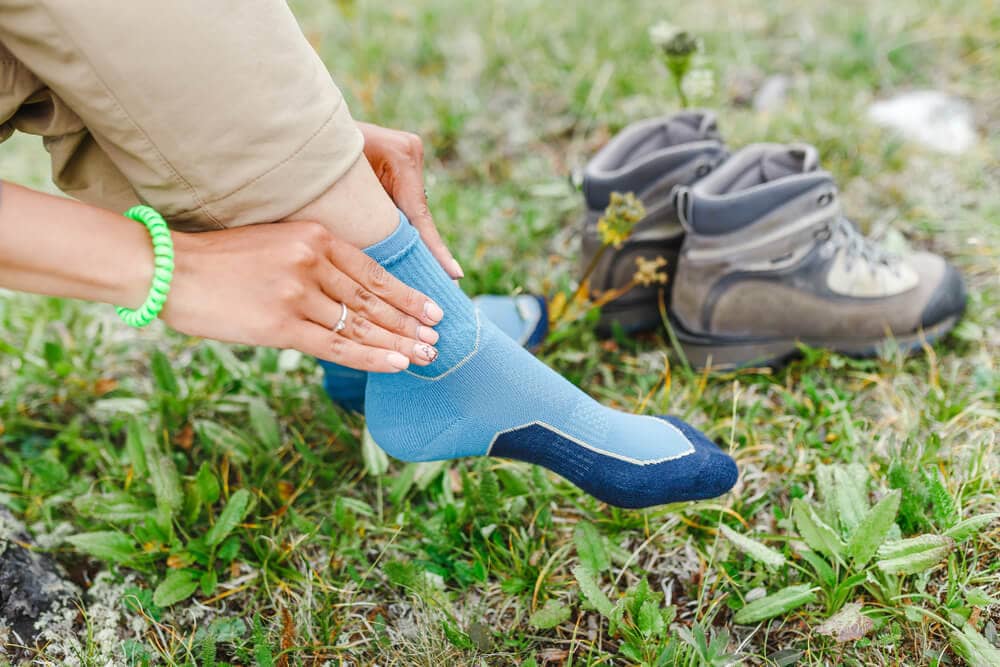
Sock liners may be essential if you get blisters when you day hike. But what exactly do you need to be looking for? There are several factors you should think about when looking for your perfect sock liners.
Sock Seam Location/Seamless
For the best comfort from your liners, you will want to get a sock with a flat seam on the toe. This will be less annoying than a thick seam.
You may even want to find a pair of seamless liners; that way, you won’t have to worry about an uncomfortable seam at all.
Sock Padding/Thickness
Sock liners are not specifically designed to add any additional support to your feet. It is not every day that you will find liners that have padding, but it is not impossible. However, if you want padding, your boots might fit tighter, making your day hike uncomfortable.
Sock Material/Breathability
Sock liners are usually made from synthetic materials because they are the most efficient at wicking away moisture and sweat from your feet. Wool socks make your feet warmer in the winter and cool in the summer. This makes smartwool liners ideal for any type of weather.
Other popular materials are polyester, silk, and nylon. These materials reduce friction from your feet rubbing against your boots.
Sock Length/Durability
The length of the liners you choose are pretty much up to your preference. You can get a higher sock if you have high-top boots. However, the most common length is crew.
Crew length is the most popular because it doesn’t have a bunch of excess material that can bunch up, and they are long enough to adjust them how you want.
Sock Thickness
When you are looking for a sock liner, you want to make sure it is thin. They are designed to be worn underneath other socks, so the thinner, the better. You will also want to make sure that you get a thin pair to fit in your current pair of hiking shoes.
FAQs
How/Why Do Blisters Form When Hiking
Blisters form when your boots rub against your skin for an extended period of time, like when you are doing a lot of walking on a hike. Blisters are also formed when your feet are covered in water or sweat.
What Kind of Socks Prevents Blisters?
Unlike neoprene socks, sock liners are very efficient at preventing blisters for several reasons. The first reason is that they add a layer of protection between your skin and your boot. You may need to invest in a high-quality pair if you hike frequently and want to prevent blisters on your foot from your boot.
What Should I Do if a Blister Forms Even with a Liner?
If you continue to get blisters, even with sock liners, you will need to cover the areas you get them most often. You can do this in several ways, but the best is using a liquid bandage.
Some other ways to cover your blister areas are moleskin and tape. Stick tape directly to the places where you notice the most blistering, like the back of your heels. This will reduce friction to the bare minimum, lowering any chances of a blister forming.
You could also try to lubricate with deodorant or Vaseline before putting your liners on. This will act as another protective layer and prevent as much friction as possible. It would help if you reapplied any lubrication after walking about 10 miles for the best results.
How Necessary Are Sock Liners, Really?
Sock liners are necessary to help prevent blistering on your foot if you are prone to them. They are also important because they help keep your foot comfortable in any weather situation. They can help keep your foot warm in the cold and cool in the heat. They are necessary because they work, and they will keep you blister-free, especially on your longest hiking trip. You won’t regret adding a liner to your boots.
Wrapping Up
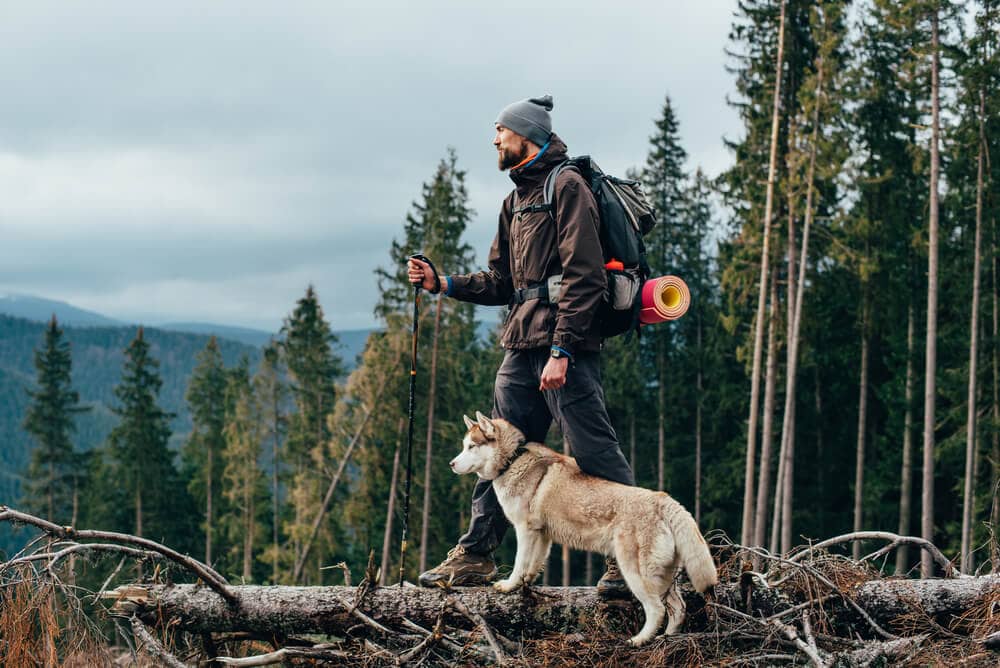
Sock liners are a great way to keep your feet free from blistering while you are hiking. They also make your feet warmer in cold weather, and cool in hot weather.
The best sock liners are specifically designed to be a base layer and effectively make your feet free of moisture and sweat during even the most intense hike. This will prevent uncomfortable friction on your feet, making your walk more enjoyable.
The best sock liner is the Injinji Crew Liner and are my main hiking socks. This sock has an innovative five-toe design, eliminating skin-to-skin contact. You don’t need to worry about any uncomfortable rubbing of your skin while you are wearing these socks. They are also extremely effective at keeping your feet dry.

